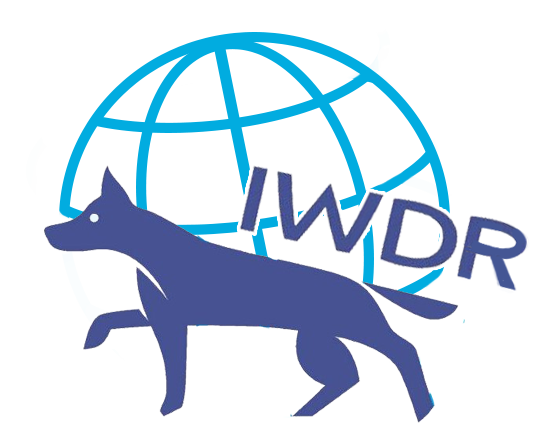The 3 D's
The 3 D’s are training variables that you will use to progress and enhance your pup’s skills. They are key factors in teaching and progressing your pup’s skills. Progressing with the 3 D’s helps your pup to be successful in using his skills in a wide variety of settings, and builds his confidence, both of which will contribute to his success as a Guide Dog. The 3 D’s are:
- Distance – between your pup and a Distraction, OR, Distance between you and your pup.
- Distraction – something that might draw your pup’s attention.
- Duration – the length of time spent maintaining a behaviour.
The 3 D’s work in conjunction with each other. To progress your pup’s skills, focus on one “D” at a time, and adjust the other two to set your pup up for success.
Begin by asking your pup to hold a position for a very short period of time before you release him with “Free”. Gradually increase the length of time he holds a position before you release him. Quietly praise and reward your pup while he holds the position. By first focusing on Duration, you can help your pup to build his self-control.
When adding a Distraction, decrease Duration to at least half of your pup’s previous time, and increase Distance between your pup and the Distraction. Progress your pup’s ability to respond despite Distraction by introducing low level Distractions as you request a skill from your pup, and then gradually increase to moderate, and high level Distractions.
Each pup reacts differently to a Distraction. Observe your pup’s body language to determine if a Distraction is a low, moderate, or high level for him. Following the Rule of Three, if your pup moves out of the Think and Learn Zone, change something such as increasing your pup’s Distance from the Distraction, or working with a different Distraction until he can return to the Think and Learn Zone.
Distance may also be used to increase your pup’s skill level as you increase the space between you and your pup while he holds a position. Move closer to your pup when teaching new skills or when increasing Duration or Distraction, so that you are able to support him and reward for success.
As your pup becomes more reliable, combine two or more of the 3 D’s. For example, you may ask for several seconds of Sit (Duration) while a person (Distraction) is walking by, 5 metres away (Distance).
If your pup has trouble holding/maintaining a skill when you add one or more of the 3 D’s:
- Be sure the pup has a solid understanding of the skill being asked.
- Focus on one D at a time, especially when your pup is in the early stages of learning.
- Use the 3 D’s to diagnose which D the pup needs to spend more time practicing before changing to another D.
- Increase your Distance from Distractions so that your pup can maintain his Duration.
Key Points:
- Use the 3 D’s at appropriate levels, in every stage of your pup’s learning.
- When initially teaching the 3 D’s, increase only one D at a time.
- When progressing the 3 D’s, combine two or three D’s to help make your pup’s skills solid.
- Remember to keep sessions short, and give breaks in between sessions so that your pup can assimilate what he has learnt.
- Make sure your pup is not patterned to always work at the same Distance, Distraction or Duration.
